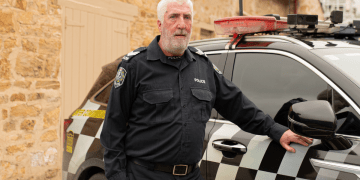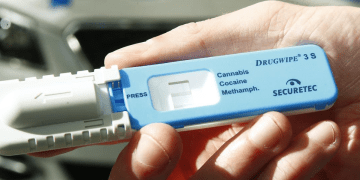With more than 156,300 people travelling on nearly 9,400 bus and tram services each weekday in SA, most trips are a smooth ride. But when things go sideways, Wotjek’s the one who steps in.
Security on public transport isn’t just about rules – it’s about keeping things calm and moving. In South Australia, a dedicated team of officers is doing exactly that. One of them is Wotjek, a night-shift pro who’s part safety officer, part peacekeeper, and part problem-solver.
Handling the hustle and bustle
It’s 6pm in the city when Wotjek clocks on. While most of us are heading home, he’s gearing up for a shift that could involve anything from giving directions to calming a dispute over a $5 fare.
Wotjek is a Prescribed Officer – specially trained to handle safety issues, fare disputes, and antisocial behaviour. He works as part of a mobile response team responding to security alerts from buses and trams across the city.
With his black uniform and radio gear, he can look intimidating at first glance. But talk to him, and you’ll find someone calm, empathetic, and focused on defusing tension. “We’re not here to lecture you,” he says. “We’re here to help.”
“You’ve got to be relatable,” he adds. “Nowadays, our job is more about helping passengers safely get where they need to go, so you’re more of a safety officer than a security officer.”
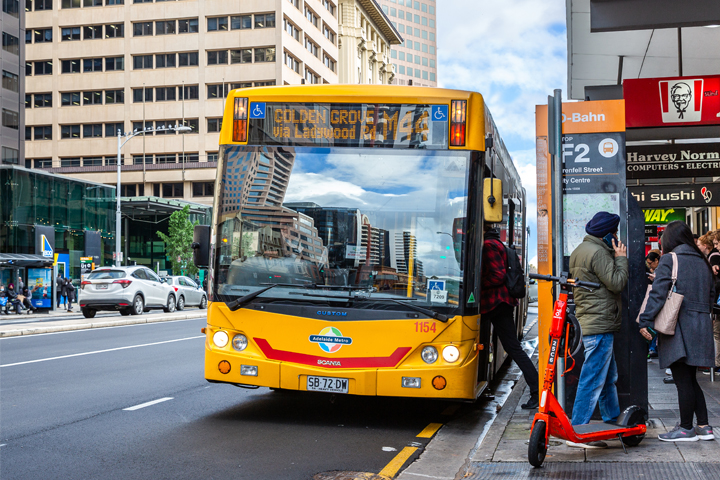
Never a dull moment
Each shift starts with a quick check-in, gear-up, and a briefing on hotspots to watch. Then it’s into the response vehicle with his partner.
“The bread-and-butter stuff is ticketing issues, smoking on board, passengers vaping,” Wotjek says. “A lot of it starts small – someone gets challenged for not paying, and it spirals.”
He’s seen minor tensions snowball fast. In one case, a woman walked past the validator and a stranger laughed. “Next thing, they were threatening each other. Over nothing,” he says. “Sometimes you feel like a schoolteacher.”
But the aim is always the same: settle things quickly, keep everyone safe, and get the bus moving again.
No sirens, no takedowns – just keeping the peace
Forget Cops. Wotjek’s job is more conversation than confrontation.
“Everything we do is about de-escalation,” he says. “We talk to the driver, we talk to the passenger, we hear both sides.”
He and his partner aren’t there to chase people down. Their focus is observation, communication, and resolution. If someone’s abusing a driver, they’ll step in and take control. If it’s a fare issue, they’ll look for a way through.
“We’re never there to make things harder – especially if someone is genuinely stressed,” he says.
Some situations involve substance use or mental health challenges, which can be unpredictable. “But you learn to read people,” he says. “You try to meet them where they’re at – with patience and care.”
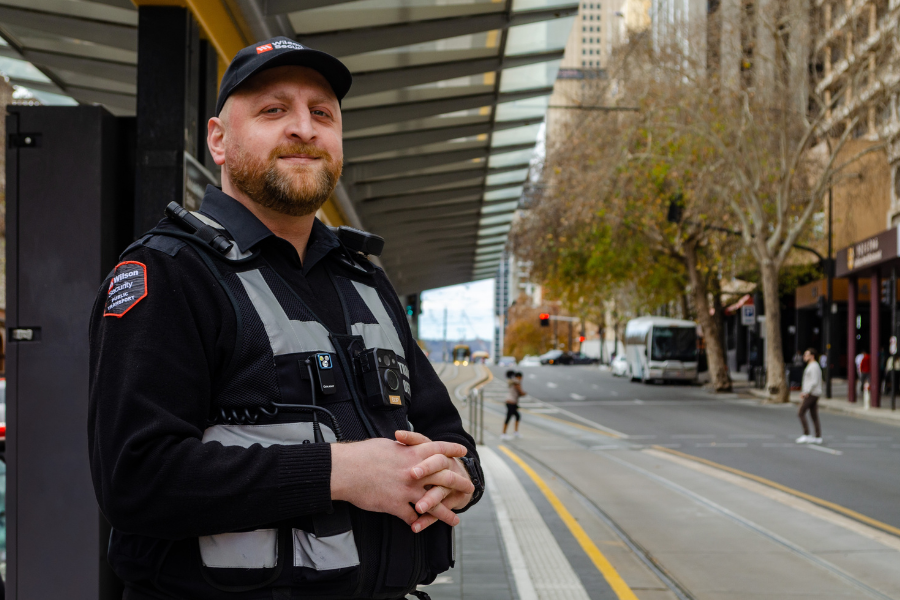
Reality of the rush
If you’ve ever been stuck on a packed bus in peak hour, you know “public transport rage” is as real as road rage – and Wotjek gets it.
He knows that by the time security is called, everyone’s already on edge. “They just want to get home,” he says. “So we try to look at it from the passenger’s point of view. We want to get the service going again.”
Keeping it safe: What’s working and what’s new
While the vast majority of passengers are trying to get where they’re going, without incident, there were also 93 assaults on bus drivers reported in 2024. Although that number needs to be considered in the context of more than 3 million bus services that run each year in South Australia, any assault on an Adelaide Metro driver is too many.
That’s why the State Government is rolling out a range of new measures:
- A Transit Compliance Team, with 19 more prescribed officers – bringing the total close to 200
- Protective security screens for all 940 state-owned buses (230+ already installed)
- AI cameras at interchanges to detect antisocial behaviour early
- Australia’s strongest transit barring powers, including indefinite bans for serious offences and fines of up to $7,000 – the only laws of their kind in the country
- Ongoing patrols, especially on night services.
These upgrades matter – not just for frontline officers, but for the thousands of commuters they protect.
“Most people just want to get to their destination without any drama,” Wotjek says. “It’s a small group doing the wrong thing. But we’re here to deal with that, so everyone else can travel comfortably.”
Why now’s a good time to hop on board
Since July, a 28-day school student metroCARD costs just $10 – down from $28.60. That’s unlimited travel for around 25 cents a trip. Full-time TAFE and uni students also get discounted fares, often under a dollar a ride.
Even if you’re paying full fare, catching the bus or train to work could save you hundreds each year.
And there’s more to it than price. It’s good for the planet: less traffic on the road means fewer carbon emissions. Then there’s the fact that public transport is the safest way to travel when it comes to crashes.
A new South Australian Public Transport Strategy and Regional Public Transport Review are also underway, focused on making the network more reliable, accessible and widely used – from smarter interchanges to better regional connections.
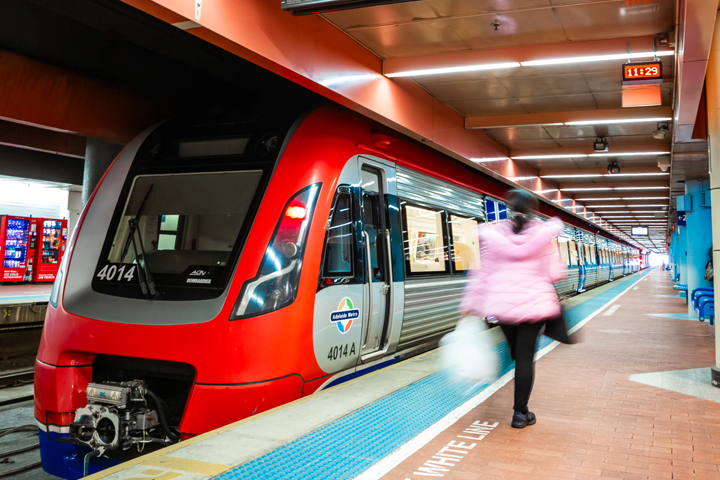
TL;DR: Respect the ride
For Wotjek, safety isn’t just about rules – it’s about everyone sharing the space with a bit of common sense.
“Public transport is called public for a reason,” he says. “Some people think that because they’ve paid, they can do whatever they want. But it’s still a shared space. You’ve got to respect it – same as if you were carpooling with people you don’t know.”
While he’s there to support drivers, about 60% of the incidents he responds to are between passengers. “Just don’t do anything outlandish,” he says. “Don’t annoy other passengers. Don’t cause a disturbance. Just get to where you want to go.”
And if something goes wrong?
“We’re not the enemy,” he says. “We’re there for safety. And if you need help – directions, advice, anything – don’t be afraid to come and talk to us. We’re more than happy to help.”
Learn more about South Australia’s Public Transport Strategy here.
Everything you need to know about catching public transport in Adelaide is here.



